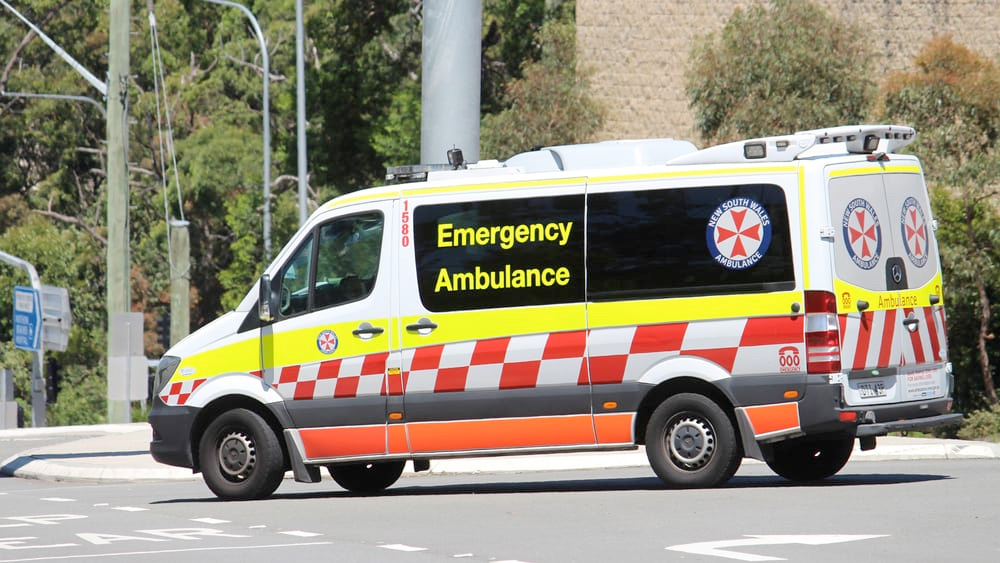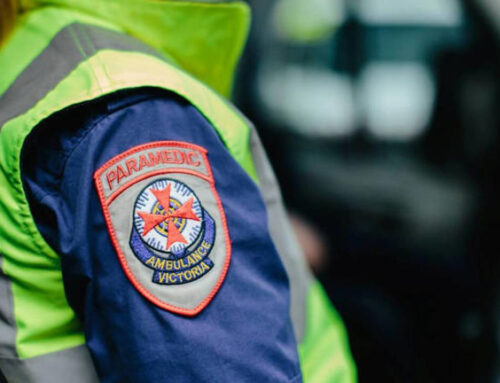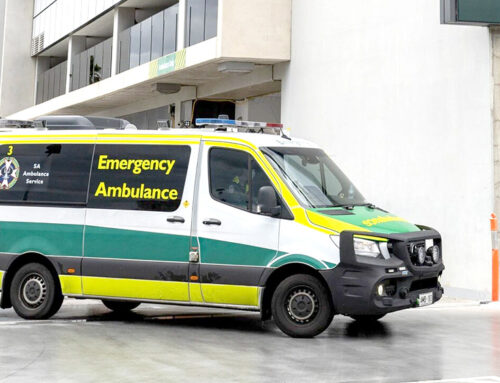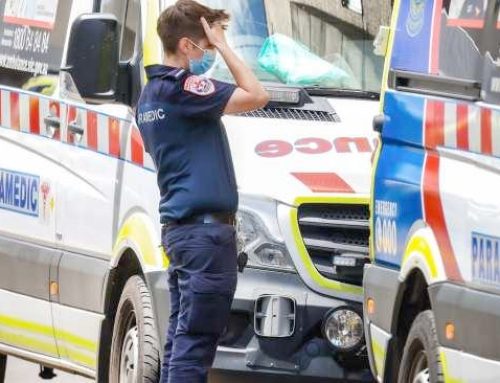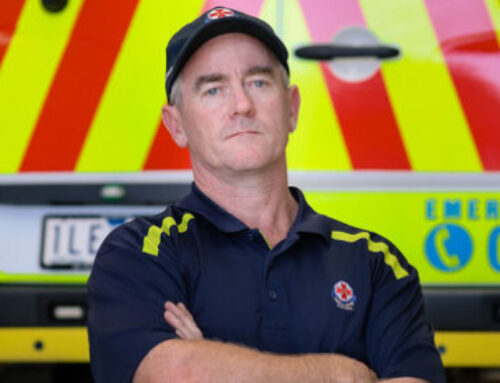A new cohort of 125 paramedics are beginning their six-week induction program in January, as part of the New South Wales Government’s commitment to deliver more paramedics to regional areas.
The new paramedics are expected to arrive in regional, rural and remote communities by the middle of 2024.
The following regional and rural locations have been proposed to receive the additional paramedics:
- Port Macquarie Station
- South West Rocks Station
- Lismore Station
- Goulburn Station
- Bathurst Station
- Blayney Station
- Lithgow Station
- Mudgee Station
- Parkes Station
- Broken Hill Station
- Ballina Station
NSW Ambulance will be consulting with the Health Services Union (HSU) and local staff about the proposed locations.
The HSU have been strong advocates for more regional paramedics and have worked closely with the government on the implementation of this ambitious structural reform.
These new paramedics will join a cohort of more than 6,700 NSW Ambulance staff who share a commitment to excellence in serving their communities across New South Wales.
This major workforce boost will deliver better health outcomes for patients and their families, while also providing more support to existing NSW Ambulance staff in the bush.
The New South Wales Government will continue to roll out the full additional 500 paramedics over a four year period.
The recruitment of additional health workers follows the announcement of a record pay increase for paramedics announced in December. This historic four-year agreement was partially funded from savings from the Health portfolio including savings associated with paramedic recruitment challenges such as additional paramedic recruitment.
The State Government’s commitment to boost regional paramedics forms part of a broader suite of measures to build a supported regional workforce and improve access and delivery of healthcare across regional communities, including:
- Doubling rural health incentives
- Boosting more doctors in regional GP surgeries and hospitals through the expansion of the single employer model which makes it easier for training rural doctors to maintain their employee benefits and training support between workplaces
- Preparing to roll out health worker study subsidies for those working in regional and rural areas
- Rolling out health worker accommodation
- Delivering safe staffing levels in hospitals, including in the bush
New South Wales Minister for Regional Health, Ryan Park, said that everyone should be able to access quality healthcare, no matter where they live, including in regional New South Wales.
“Our priority is to retain our existing paramedics while still delivering a critical increase in paramedic numbers where they are needed most, in particular in rural and regional New South Wales,” Mr Park said.
“We know that regional, rural and remote communities are grappling with significant workforce shortages, but we are focused on boosting, recruiting and retaining more health workers.
“We are embracing a comprehensive range of measures to do this.
“Investing in and supporting our frontline healthcare workers with an additional 500 paramedics is a core ministerial priority.
“I want to thank the Health Services Union for their advocacy and continued collaboration on this important structural reform.”
NSW Ambulance Chief Executive, Dr Dominic Morgan, said that the significant increase to the paramedic workforce will boost NSW Ambulance’s capacity to provide high quality care to patients across the state.
“I look forward to welcoming these new paramedics to NSW Ambulance, where they will be able to build upon their skills learned in training to help their local communities,” Mr Morgan said.
“We have completed service demand and workforce planning to determine where these important roles will be allocated in regional and rural New South Wales.”

